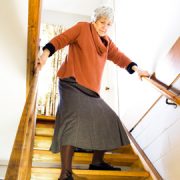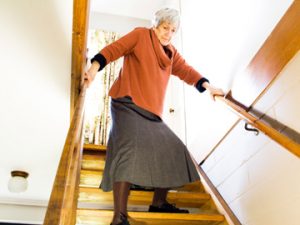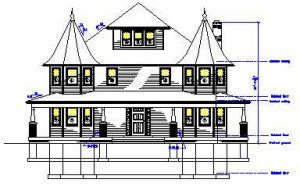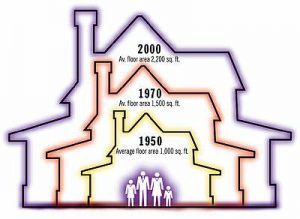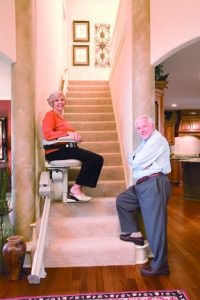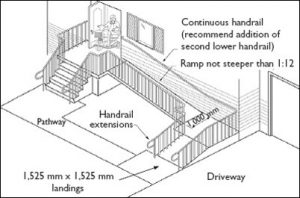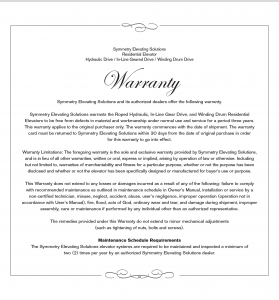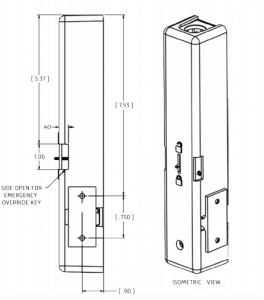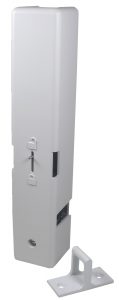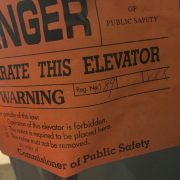Elevator Service Company, Inc. Receives Approval for Pneumatic Vacuum Elevator in Massachusetts
March 29, 2018 Cambridge, MA— As of 12:00 pm March 29, 2018, in Cambridge, MA, the Commonwealth of Massachusetts has fully approved the use of the PVE 30, 37, and 52 models for residential use.
The PVE is an eco-friendly elevator, powered by air. The elevator comes in three models, including a wheelchair-accessible model. PVE has been a manufacturer in the US since 2002 and is approved in 49 states.
“PVE is thrilled with the recent outcome of the first unit inspected and approved in Massachusetts. It has been a long journey to get to this point, but with the team efforts of PVE and Elevator Service Company, we have successfully accomplished out goal. We look forward to operating in Massachusetts without any restrictions moving forward”
-Stephan Gruber, PVE
After working closely with the Board of Elevator Regulations and the Office of Public Safety & Inspections-Division of Professional Licensure, Elevator Service Company was granted exclusive approval to install the first PVE. Elevator Service Company, Inc.’s President, Steven Roth remarked: “Upon the elevator’s successful installation, the PVE is now formally approved, and is available to consumers, by the Massachusetts Board of Elevator Regulators. We look forward to providing the best products and services our industry has to offer.”
Elevator Service Company, Inc. furnishes and installs Pneumatic Vacuum elevator in Connecticut, Rhode Island, and Massachusetts, and Eastern New York.
For more information on the Pneumatic Vacuum Elevator, please visit www.ElevatorServiceCo.com or www.vacuumelevators.com
###





